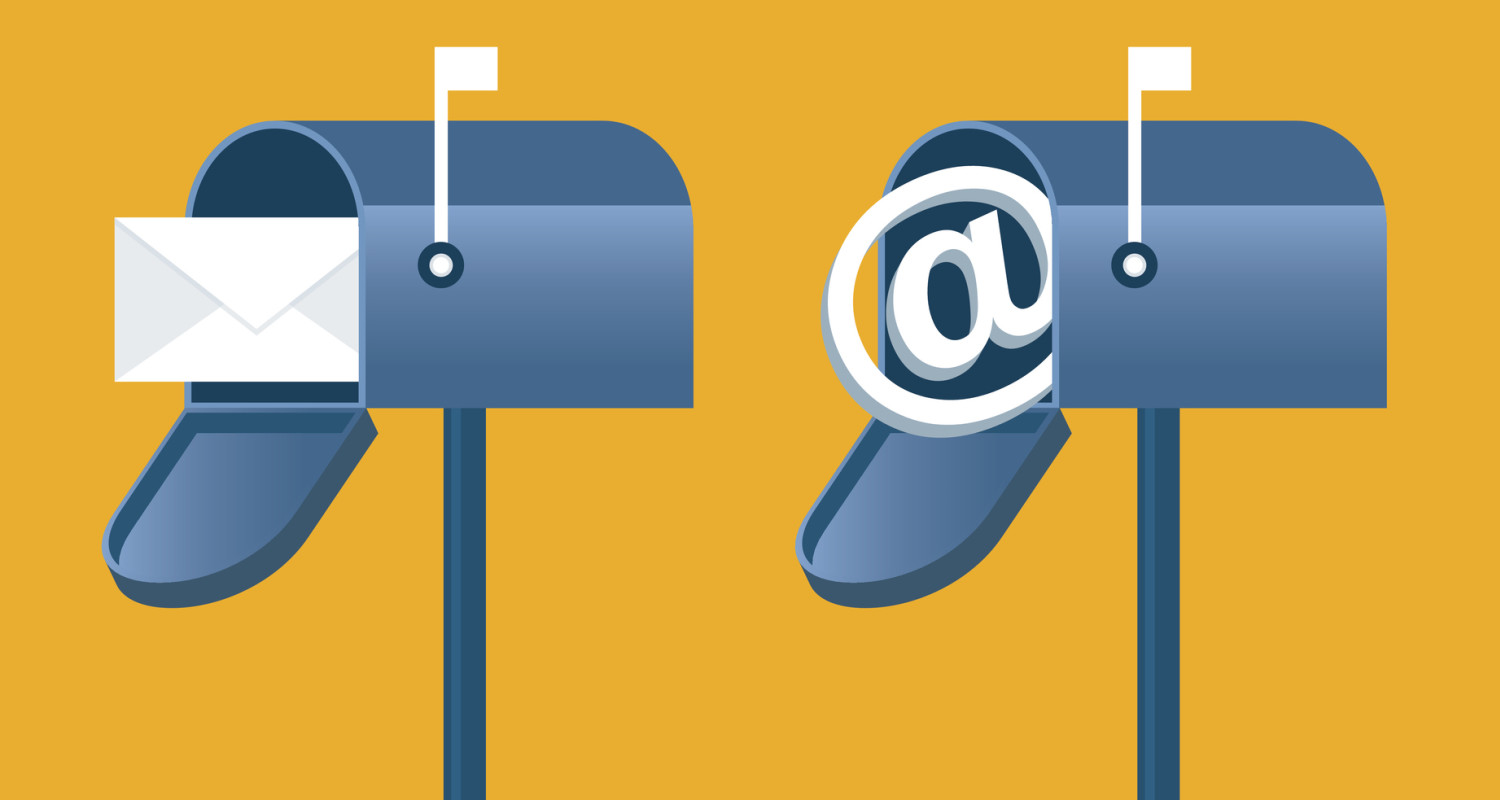
We believe we have a good idea of marketing automation is. But often we do not know exactly what to do with it. We may not even know how to roll out an entire marketing automation campaign on a company level. Let us examine these unknowns.
It all starts after people who have subscribed.
In some industries, there are still marketers who buy “lists” i.e. They have the urgency to acquire new customers for their niche (which is often very specific), and to do that they start with buying people’s email addresses from some vendors. With any of these lists, most of the time you would get a conversion rate of way below 0.01%. This is the reason the experienced marketers often suggest a business should always build their own list.
- The list can be the real people a business has been contacting over the years.
- The business may have a company website or app that offers industry updates in the format of a newsletter, in exchange for collecting people’s contact information such as email addresses.
Instead, marketers should apply the right list building strategies. The concept behind is to get people to proactively subscribe to your list. This ensures the relevance of the contacts you are collecting for your list.
It needs the “buy in” from company’s other teams, and company’s internal resources.
In a corporate, you may not be able to do it all by yourself. You will need buy in from your own supervisor, and the sales team, and sometimes even from key staffs/managers of other teams/departments. When you happen to have the support of a very open minded sales team, and the key managers who are able to get the tech development team take your initiative as the next project, you are already 20% ahead with your project.
The tech development will be responsible to build the landing pages, design the UX, integrate the web form, and insert the tracking codes. At the end of the day, it requires the marketer’s knowledge and expertise to review all the details and connections points, and re-brief to the tech team for any bugs that need fixing.
It gets higher conversion rate than other traffic sources.
Obviously the people in your lists are people who proactively once tried looking for your business/products or businesses that are similar to yours. Since they have proactively given you their contact information, when you put them as target audience in your next few email campaigns with the right offers for them, they will have a great chance to go further down your sales funnel, or even immediately buy from you.
Your lists would usually have a higher sales conversion rate than those you have only newly visited your website or app for the first time in their lives.
It can reduce your overall cost for generating sales and revenue.
With online advertising you have to pay for the traffic (i.e. people who visit your website). Usually you would pay cost per click (or visit) for paid search campaigns (such as Google Adwords or Bing Ads), and cost per thousand impressions for display campaigns.
The better (or improved) version of a plain display campaign is the retargeting ad campaigns. You target your ads to the subset of people who used to see your plain display ads but are actually more relevant to your business/products according to the algorithms behind the retargeting ads.
All the above mentioned are advertising which you pay the ad platforms to show your ads to people, hoping the people to visit your site. Once you stop spending, people stop visiting your site. But the good thing is that email marketing which is integrated with automation is not like that. The lists have virtually no cost once you have them collected and organized in segments. The cost would be the cost of using some email programs or automation tools.


